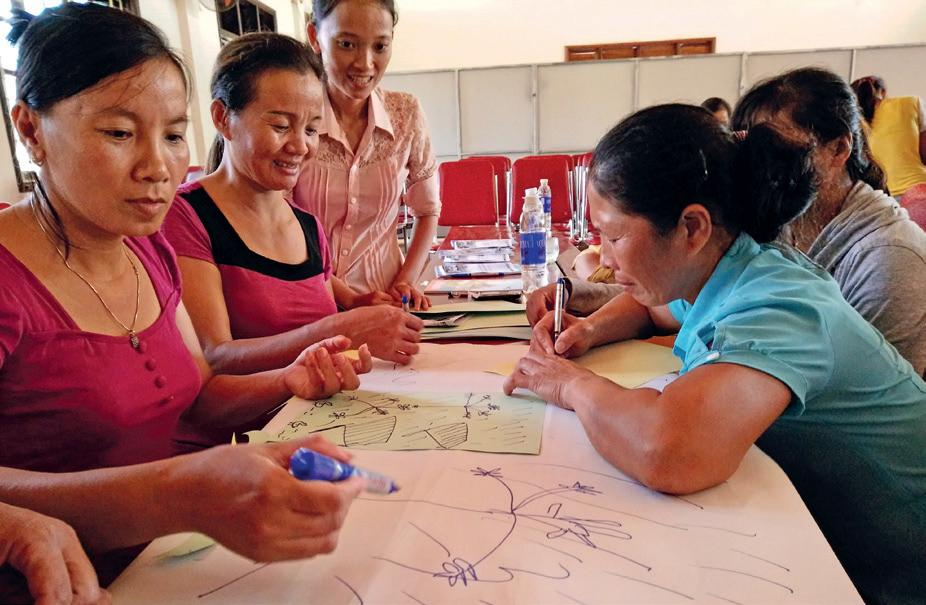
2 minute read
Factors for Success
As the three preceding sections of this paper show, the responses to the challenge of climate change are as varied as the threats of climate change itself. The ten semi-finalists offer credit, savings

Advertisement
insurance and other financial products for vulnerable clients in many industries and with different needs. They include mitigation as well as adaptation measures; staff capacity building as well as financial education to clients. They involve incentives to plant different crops, or purchase fertiliser or adopt new farming practices. They involve both responses to climate-driven natural disasters – for example through relief and recovery lending – to encouraging new activities and attitudes to maintain livelihood development in a changing climate. And institutions cannot strengthen clients’ resilience if they themselves are vulnerable – so in various ways, they too must adapt to a new normal.
Nevertheless, despite the heterogeneity of the semi-finalists, there are a few common factors that mark their initiatives out for excellence. First, and as the box on page 30 illustrates, no financial institution can strengthen vulnerable clients’ resilience alone. They need partners – from government, funders, researchers, international organisations and others.
Second, all the semi-finalists’ initiatives share high client
centricity, and demand-side
product development. Each started from looking at how climate change adversely affects clients and working out what they will need to be able to adapt, and then – and only then – what can be done to provide it. Third is a hard concept to measure – but easy to observe – and that is strategic embeddedness. Institutions working in vulnerable countries with client segments highly sensitive to climate change cannot ‘tack on’ climate resilience products as an afterthought, or to impress funders. It must be highly embedded in the strategic planning of the organisation, with buy-in from staff all the way to senior management and board. It should be reflected in organisational KPIs, product design, communications and risk management. A mixture of long-term and short-term planning is needed, too. Like Covid-19, climate change moves both quickly and slowly – with sudden impacts like severe typhoons, and slower-building
crises like more frequent crop failures. Recognising the impacts and preparing as much as possible for both requires a perception of risk that anticipates low frequency/ high impact and high frequency/ low impact outcomes. Strong responses are also proactive, rather than reactive. This means, as well as planning and anticipating the consequences of climate change on existing clients,

also identifying which segments are most affected and reaching out (and reaching down the economic pyramid where possible) to serve and protect new clients too. This means really taking the time to understand the nature of the challenge, who it affects, and what they need. Related to proactivity and embeddedness is the final factor for success: a response or intervention that is a greenfield initiative – built from the ground up, rather than solely tweaking or retrofitting existing microfinance products. Climate change requires thinking beyond traditional enterprise or consumer microfinance. The ten semi-finalists from the EMA 2019 all illustrate how new thinking can really work.



